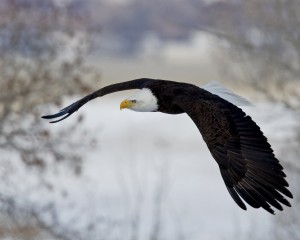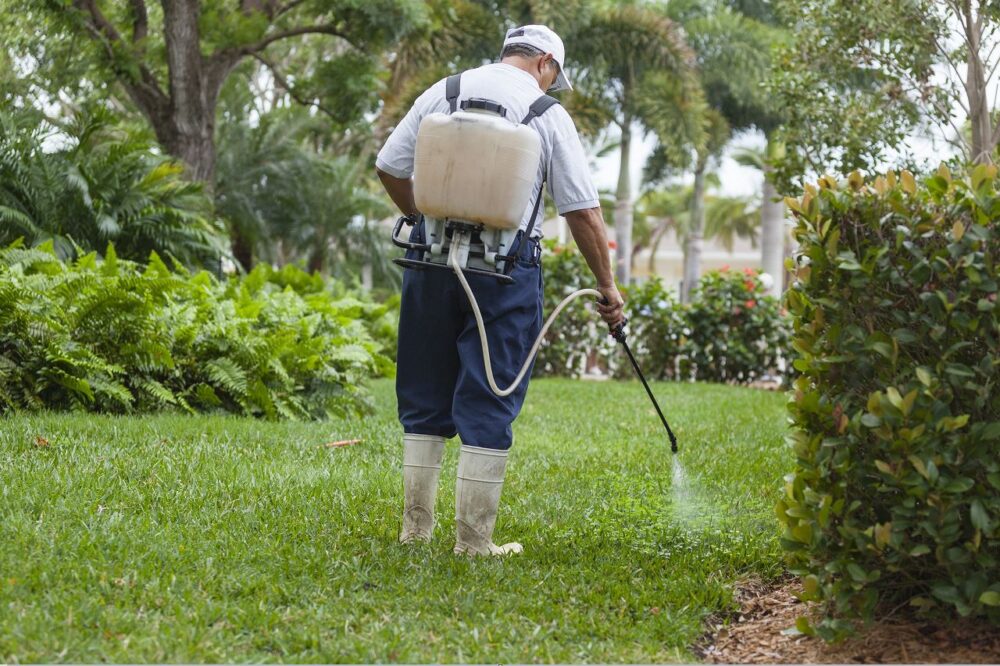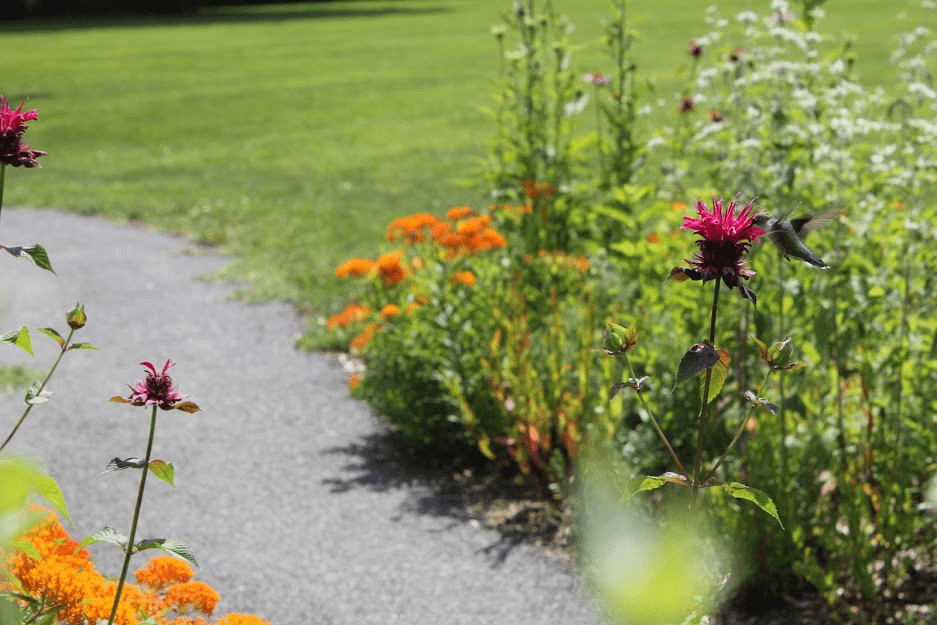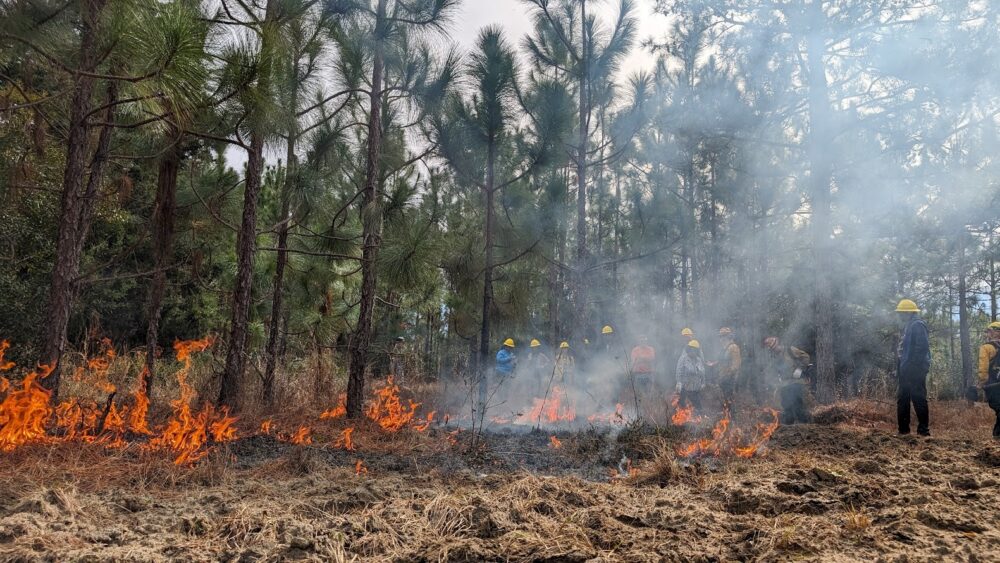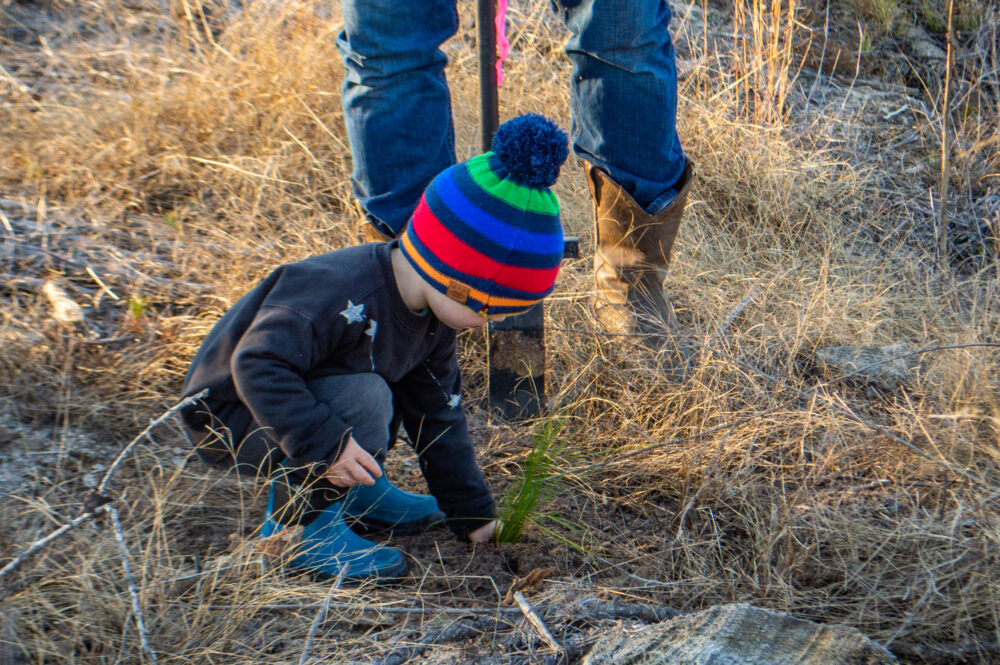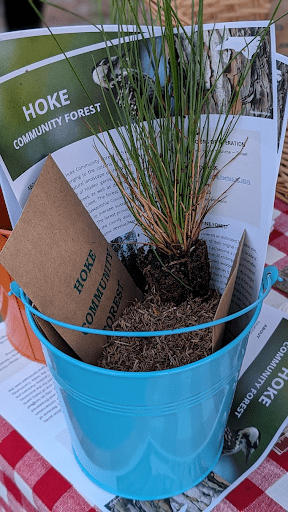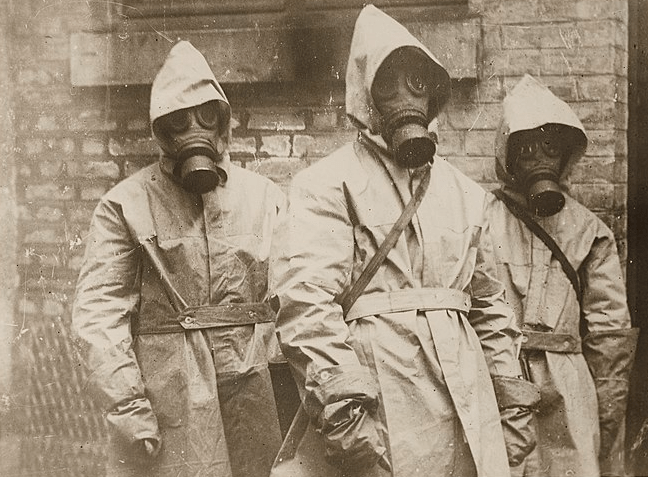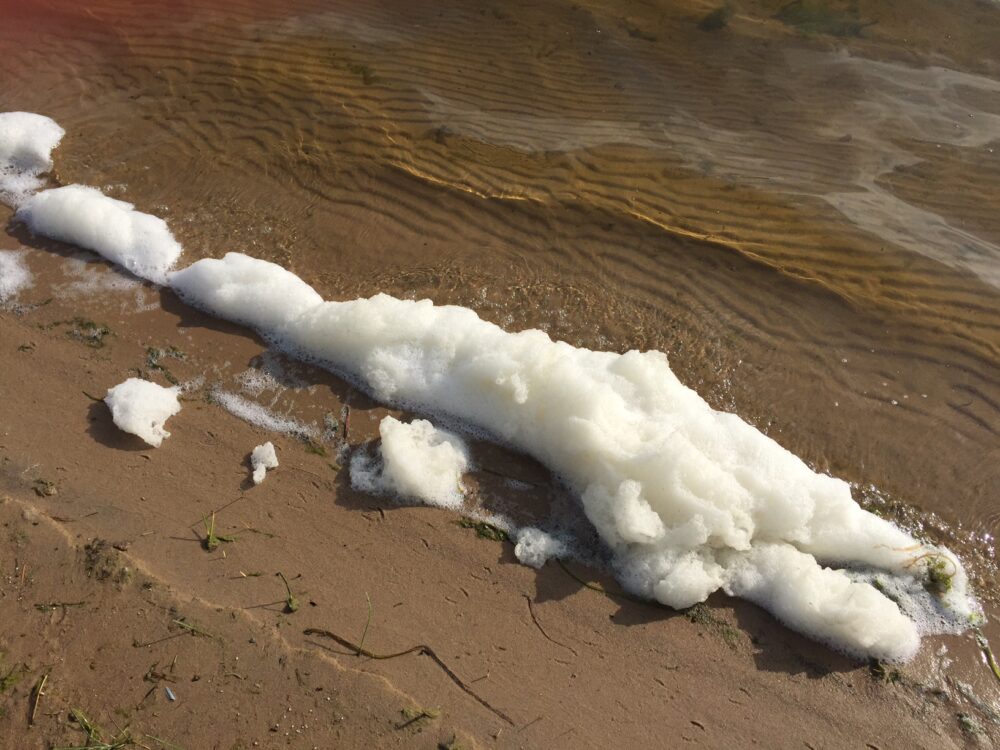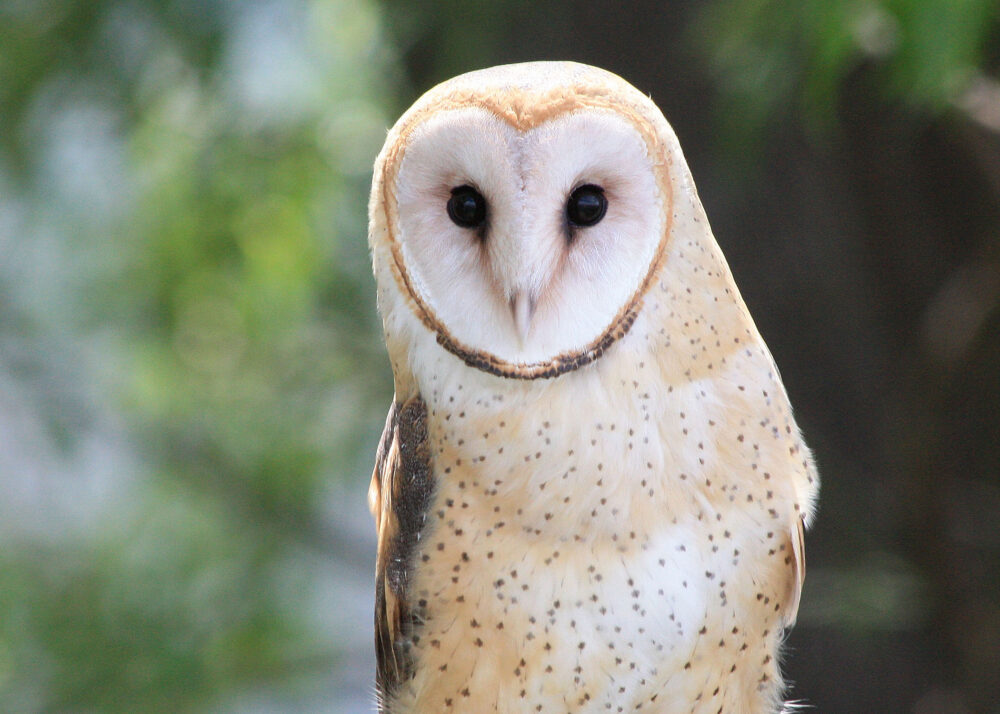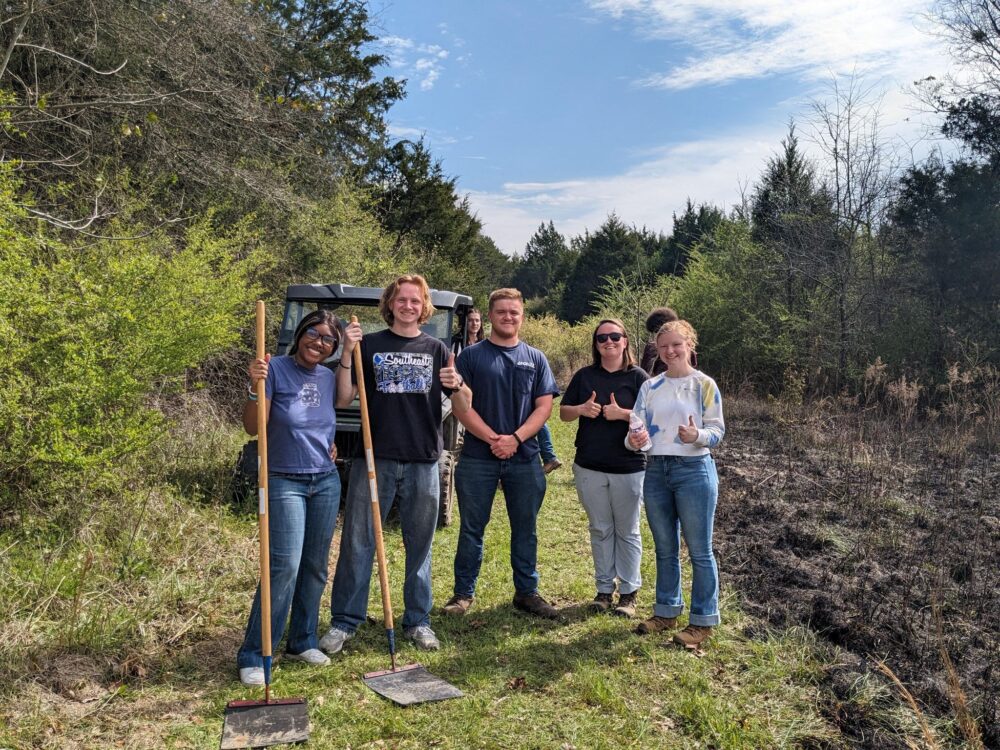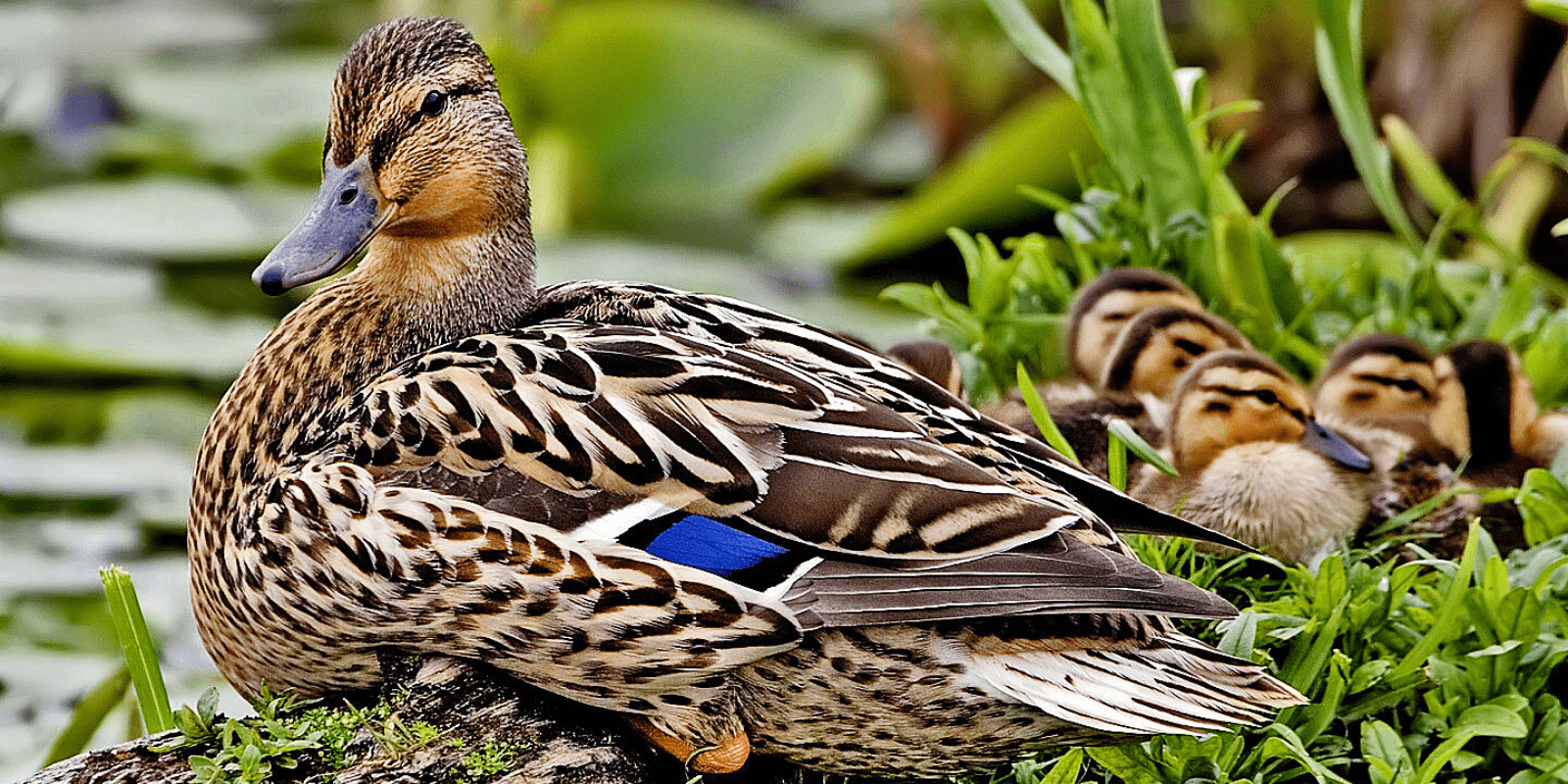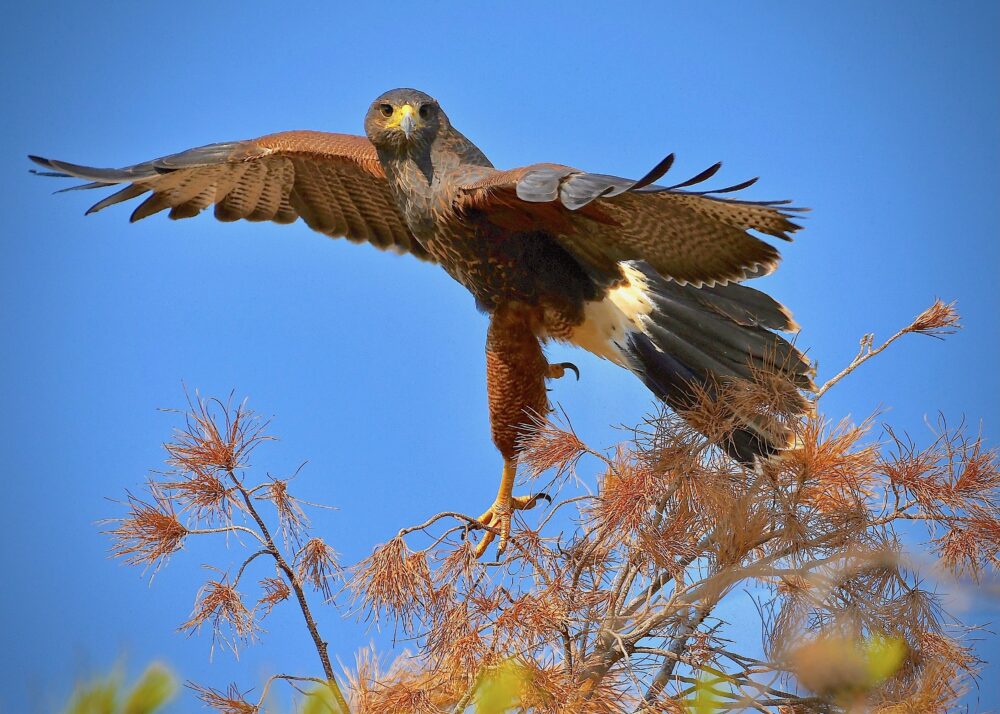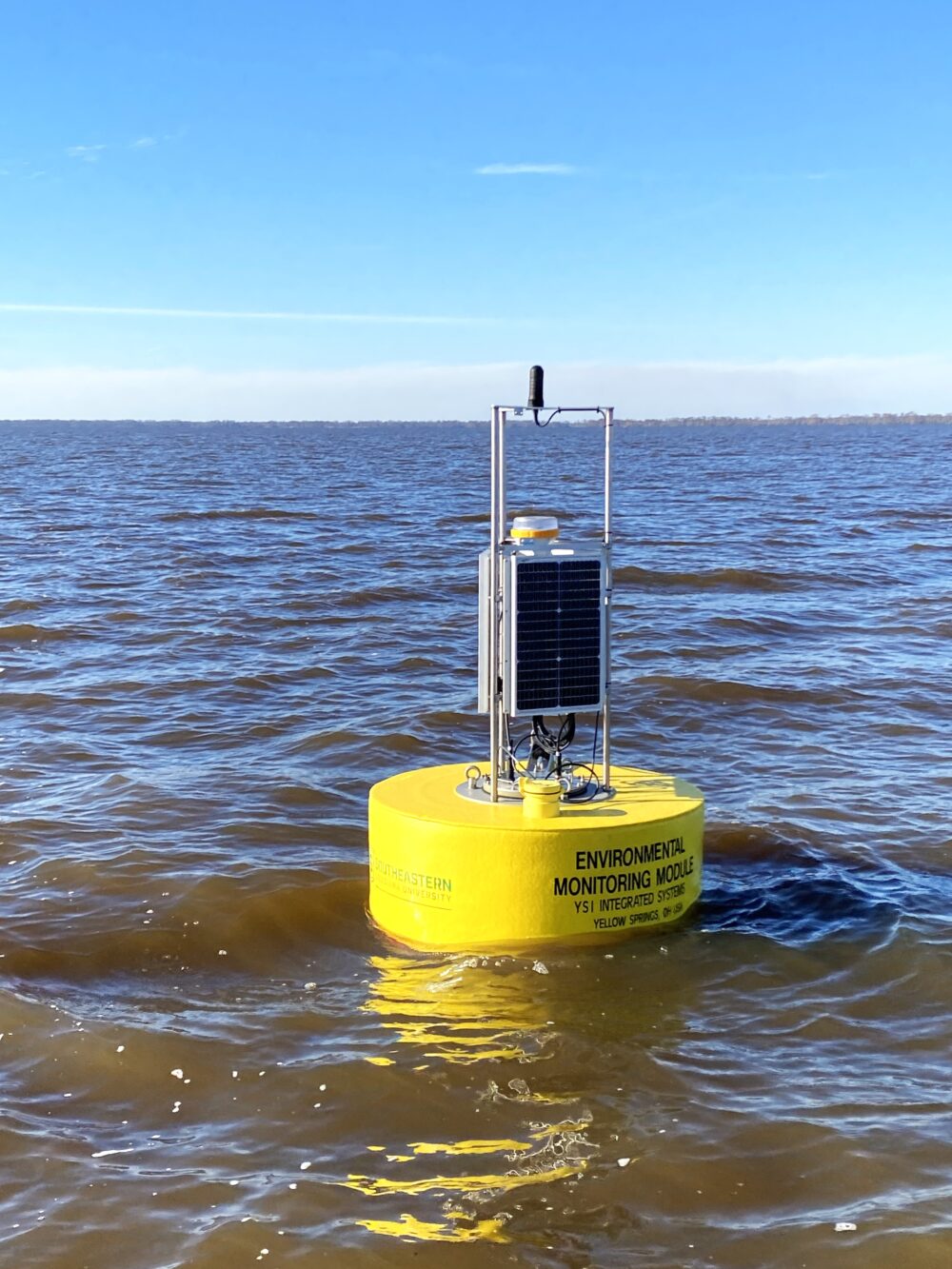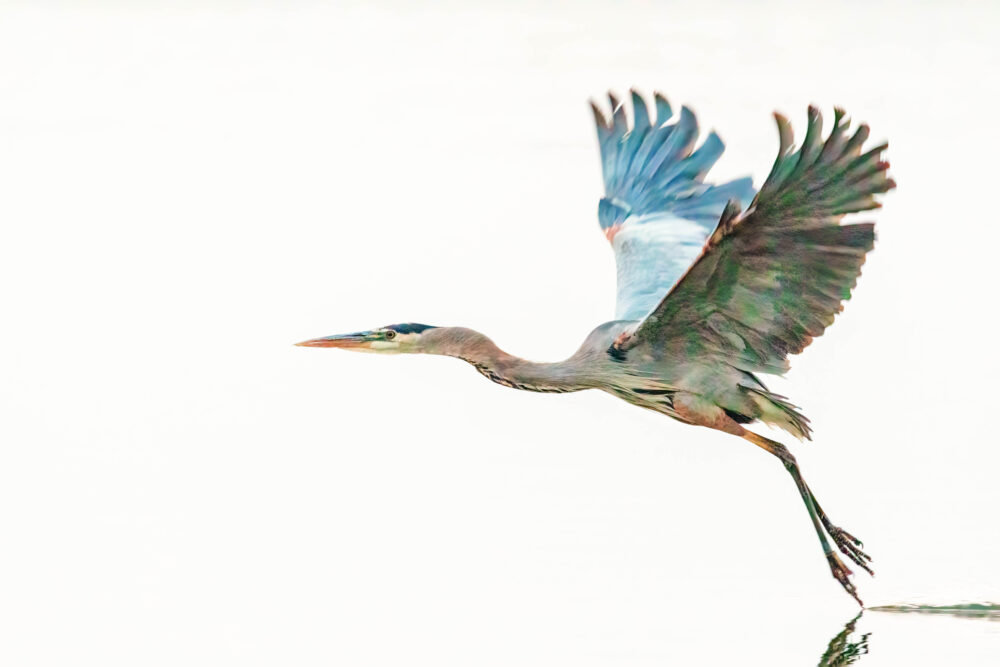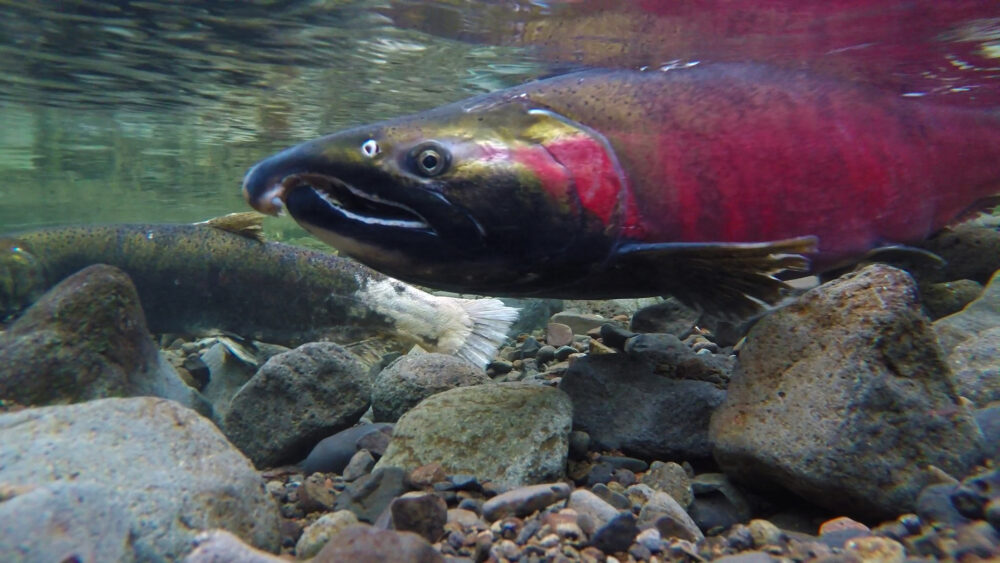We have much more to do and your continued support is needed now more than ever.
Teaming With Wildlife Fights for Wildlife Conservation Funding

The Wildlife Grant program was created by Congress in 2000 thanks to strong support from the Teaming with Wildlife Coalition. The Wildlife Action Plans that states write to qualify for this funding have already identified over 10,000 species that are at-risk, their key threats, and the conservation needed to ensure their continued survival. In the old conservation adage, the goal of these plans is to keep common species common. As a bonus, NWF is also working to ensure these plans are “Climate Smart” by incorporating climate adaptation into new and existing plans. Funding for the SWG program is thus vital for current and future conservation.
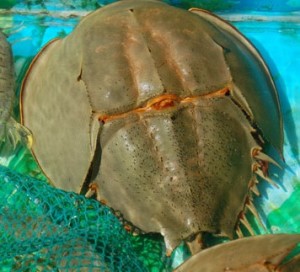
Conservation Funding in Action
The great thing about the State Wildlife Grant program is that it already has a proven track record. When people think of my home state of Connecticut, they often see just another suburb of New York. Even here, however, a variety of species — from the prehistoric horseshoe crab to the adorable (yet imperiled) New England Cottontail rabbit — have benefited from the research and conservationSWG funding has provided.
In my adopted home of Maine, where I studied at the University of New England, grant funding was used to survey and protect important waterways and terrestrial habitats vital for the survival of moose and a variety of rare species. Although Maine touts itself as “The Way Life Should Be,” the state has faced challenges in protecting its wildlife in the past. In the late 1970s, the region almost lost its population of Bald Eagles, the symbol of America. Thanks in part to active conservation funded by the Wildlife Grant program, the population increased ten-fold to over 300 nesting pairs in recent years.
